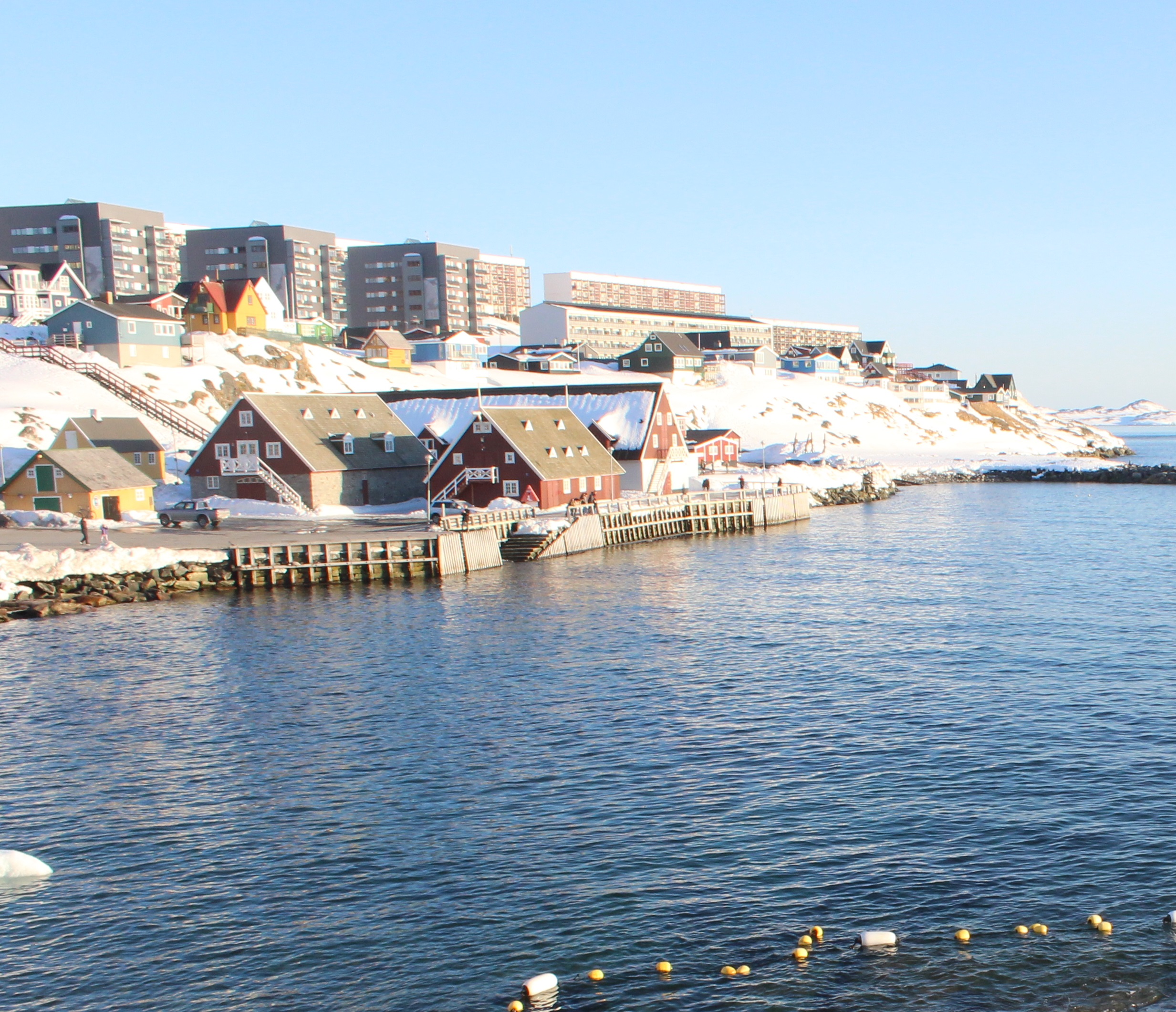Heritage and change in the Arctic
Heritage and change in the Arctic
Heritage and Change in the Arctic: Resources for the Present, and the Future. Edited by Robert C. Thomsen and Lill Rastad Bjørst. Aalborg University Press 2017; http://aauforlag.dk/Shop/boeger/heritage-and-change-in-the-arctic.aspx
Chapters by REXSAC researchers:
Resource Dilemmas: Tolerance Talk and the Mining of Greenland’ s Uranium
Lill Rastad Bjørst
The case of Narsaq and the mining of Greenland’s uranium show that Greenlanders cannot be reduced to passive victims of mining capital, and that they are also co-producing the aspirations of the mining industry through their discourses on tolerance. In Greenland, the tolerance talk surrounding uranium mining has increased proportionately with the accelerated nation-building process, similar to the way nuclear and postcolonial discourses converge around issues of rupture, morality, and respect. In tracking down the complex entanglement of tolerance with power, it is important to pay attention to the unevenness with which knowledge is disseminated. It is striking how GME tries to invoke tolerance towards uranium mining via the rhetoric of development and the powerful narrative of ‘saving’ the local community. In effect, their tolerance talk rationalizes various political goals, leaving out potential conflicts.
Industrial Heritage and Arctic Mining Sites: Material Remains as Resources for the Present – and the Future
Dag Avango and Peder Roberts
Mining plays a central role in visions of change in the Arctic. This has triggered debates that invoke alternative visions of change instigated by mining, from prosperity (local and otherwise) and political independence, to fears of ecological and social breakdown. At the heart of these concerns are differing visions not just of mining itself but also of the legacies it leaves – immaterial legacies in terms of culture and politics, as well as material legacies such as open cast mines, spoil heaps, tailing ponds and infrastructures which become redundant and may turn into environmental hazards once the mining activities have stopped. The aim of this chapter is to explore how stakeholders in the Arctic (local, regional, national and global) can utilize such legacies of past mining operations as a resource in contemporary debates and for building alternative futures. Rather than delivering a series of prescriptive recommendations for general application, the chapter raises questions and possibilities that will prompt reflection by those involved in specific decision-making processes. An important aspect of that process is to consider mining in terms of changes that may have positive as well as negative legacies, and to think of mining as a process of social in addition to ecological impacts. The paper draws on results from archaeological field work, interviews and archival research in Greenland, Norrbotten and Svalbard, funded by Nordregio.
Photo: Lill Rastad Bjørst




